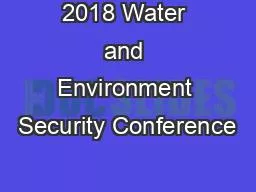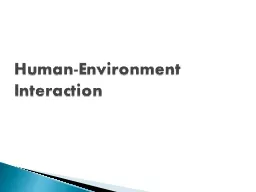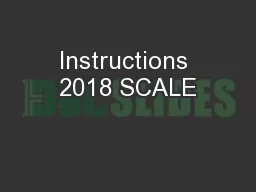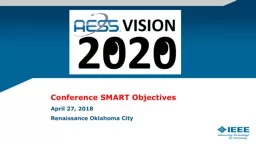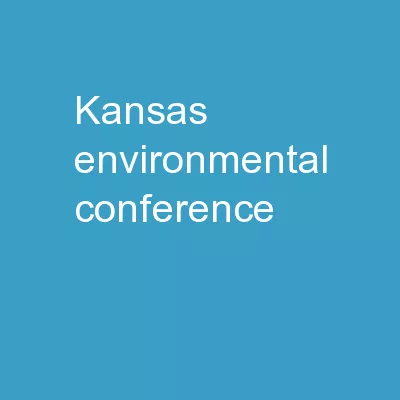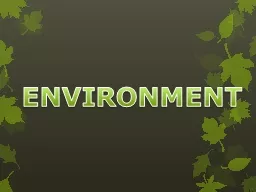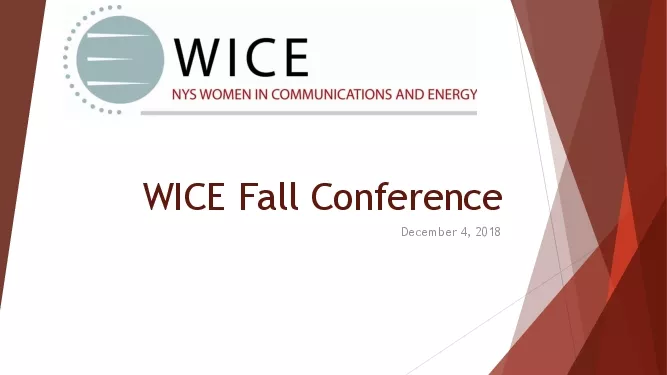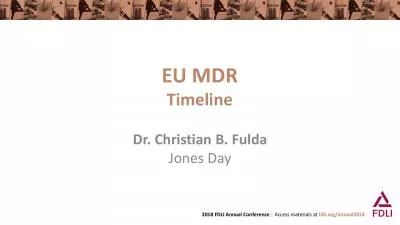PPT-2018 Water and Environment Security Conference
Author : gristlydell | Published Date : 2020-10-01
Nile River Basin Marius Claassen Where NBI 2016 Bussert et al 2018 When 20 Ma 3 Ma Bussert et al 2018 NBI 2016 20 Ma 3 Ma 2018 When What Claassen 2016 10100 1000
Presentation Embed Code
Download Presentation
Download Presentation The PPT/PDF document "2018 Water and Environment Security Conf..." is the property of its rightful owner. Permission is granted to download and print the materials on this website for personal, non-commercial use only, and to display it on your personal computer provided you do not modify the materials and that you retain all copyright notices contained in the materials. By downloading content from our website, you accept the terms of this agreement.
2018 Water and Environment Security Conference: Transcript
Download Rules Of Document
"2018 Water and Environment Security Conference"The content belongs to its owner. You may download and print it for personal use, without modification, and keep all copyright notices. By downloading, you agree to these terms.
Related Documents

